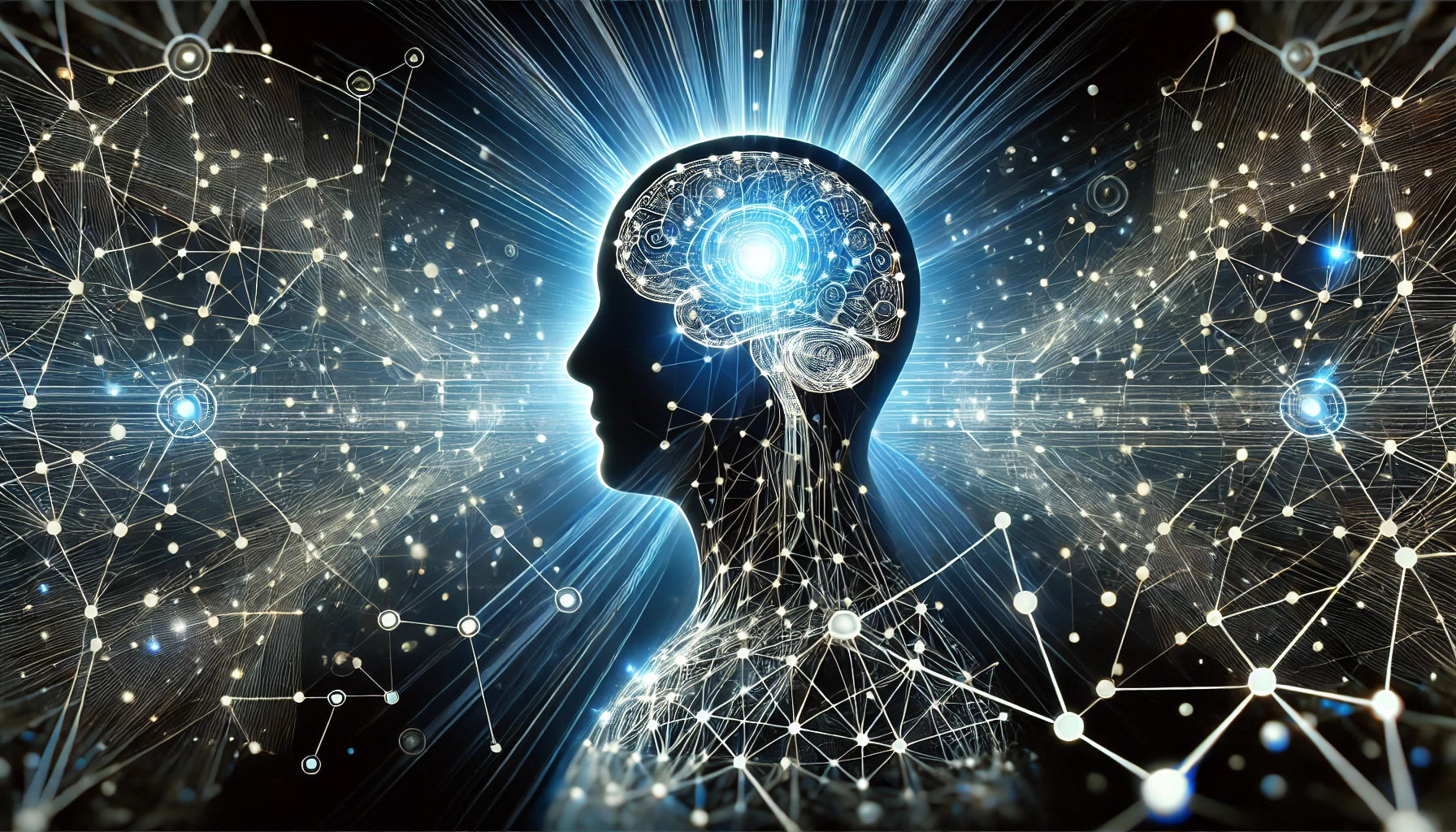Artificial Intelligence (AI) has gone from being a futuristic concept in science fiction to an integral part of modern life. It powers our smartphones, personalizes our entertainment, optimizes healthcare, and even helps businesses operate more efficiently. But what exactly is AI? How does it work, and what can it be used for? This blog dives into the fundamentals, operations, and potential of this ground breaking technology.
What is AI? A New Kind of Intelligence
Artificial Intelligence refers to the ability of a computer or machine to mimic human cognitive functions. These functions include learning from experience, reasoning, understanding language, recognizing patterns, and even making decisions. The idea behind AI is to create systems capable of performing tasks that typically require human intelligence.
Key Components of AI
- Machine Learning (ML): AI systems learn from data to improve their performance over time.
- Natural Language Processing (NLP): The ability to understand and generate human language.
- Computer Vision: Recognizing and interpreting visual information from the world.
- Robotics: Enabling machines to interact with the physical environment.
Types of AI
- Narrow AI: Specializes in a single task (e.g., virtual assistants like Siri or Alexa).
- General AI: A theoretical form of AI that could perform any intellectual task a human can do.
- Super intelligent AI: A speculative future AI surpassing human intelligence in all fields.
How Does AI Work? Understanding the Mechanics
The mechanics of AI involve a combination of data, algorithms, and computational power. Here’s a step-by-step explanation of how AI systems work:
1. Data Collection and Preparation
AI systems rely on vast amounts of data. For example, an AI designed to recognize faces needs thousands (or millions) of images to learn from.
2. Algorithms and Training
Algorithms process the data to identify patterns and correlations. In supervised learning, for instance, the AI is trained using labeled data, like “cat” or “dog” images.
3. Neural Networks
Neural networks, modeled after the human brain, consist of layers of interconnected nodes. Each node processes information and passes it to the next, enabling the system to make complex decisions.
4. Feedback and Improvement
AI systems refine their performance over time by analysing feedback. For example, a recommendation engine like Netflix learns your preferences based on your viewing history.
Applications of AI: Transforming Industries
The versatility of AI is what makes it so revolutionary. It’s currently being used across various sectors to improve efficiency, enhance user experiences, and solve complex problems.
1. Healthcare
AI has become a powerful tool in medicine, offering innovations such as:
- Diagnostics: Identifying diseases from medical images with incredible accuracy.
- Personalized Medicine: Creating tailored treatment plans based on patient data.
- Robotic Surgery: Enhancing precision and reducing recovery times.
Example: IBM Watson helps doctors analyze vast amounts of medical literature to suggest diagnoses and treatments.
2. Finance
The financial sector uses AI for:
- Fraud Detection: Identifying suspicious activities in real-time.
- Algorithmic Trading: Making stock market predictions based on data.
- Customer Service: Chatbots handle customer inquiries efficiently.
3. Education
AI is reshaping education by offering:
- Personalized Learning: Adapting lessons to individual student needs.
- Administrative Support: Automating grading and other routine tasks.
- Remote Learning Tools: Enabling virtual classrooms with interactive features.
4. Transportation
AI has become crucial in:
- Autonomous Vehicles: Powering self-driving cars like those developed by Tesla.
- Traffic Management: Optimizing routes and reducing congestion.
- Delivery Systems: Facilitating efficient logistics for companies like Amazon.
5. Entertainment
In the entertainment industry, AI is used for:
- Content Recommendations: Platforms like Netflix and Spotify tailor suggestions.
- Content Creation: AI-generated music, videos, and art are gaining traction.
- Gaming: Creating smarter, more adaptive game characters.
Benefits of AI: Why It Matters
The benefits of AI are as vast as its applications:
- Efficiency: Automating repetitive tasks saves time and resources.
- Accuracy: Reducing errors in areas like medical diagnostics or financial analysis.
- Personalization: Delivering tailored experiences to users.
- Innovation: Enabling groundbreaking technologies, such as climate modeling.
A Story of Impact
Consider the story of a visually impaired individual using AI-powered smart glasses. These glasses recognize objects, read text aloud, and even help navigate environments—all through the power of AI.
Risks of AI: Navigating Challenges
Despite its benefits, AI poses significant risks that must be addressed:
- Job Displacement: Automation could eliminate certain types of jobs, requiring workforce retraining.
- Bias: AI systems can inherit biases present in the data they are trained on.
- Privacy Concerns: Collecting and using personal data raises ethical questions.
- Security Threats: AI could be weaponized or exploited for malicious purposes.
Ethical AI: A Call for Responsibility
Organizations like OpenAI advocate for responsible AI development, ensuring that it benefits society while minimizing harm. This involves transparency, fairness, and prioritizing human rights.
The Future of AI: What Lies Ahead?
AI continues to evolve, promising exciting advancements:
- Generative AI: Tools like ChatGPT and DALL-E create text, images, and videos.
- Human-AI Collaboration: AI assisting professionals in areas like research and design.
- Smart Cities: AI optimizing urban planning, energy use, and transportation.
A Vision for Tomorrow
Imagine a future where AI tutors provide personalized education to every child, or AI systems detect natural disasters before they occur, saving countless lives. While these possibilities inspire hope, they also remind us of the need for careful development and regulation.
Artificial Intelligence is no longer a distant dream; it’s a present reality transforming the world. By understanding its mechanics, applications, and implications, we can better prepare for an AI-driven future. As with any powerful tool, the key lies in using it responsibly and ethically to unlock its full potential.
Whether it’s diagnosing diseases, automating tasks, or creating art, AI is a testament to human ingenuity. Its journey has only just begun, and we are all part of the story it will tell.



